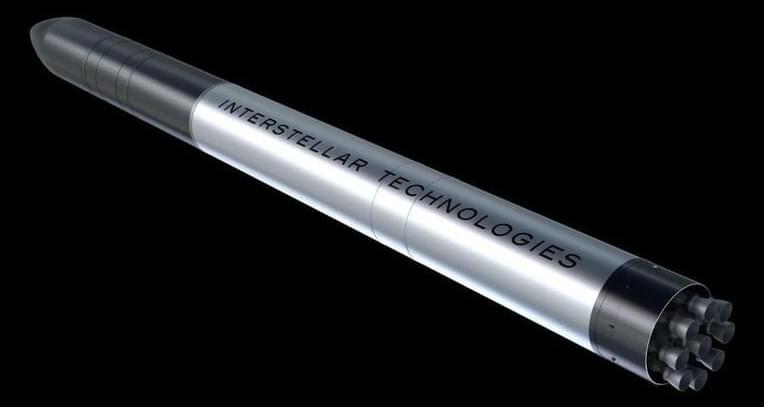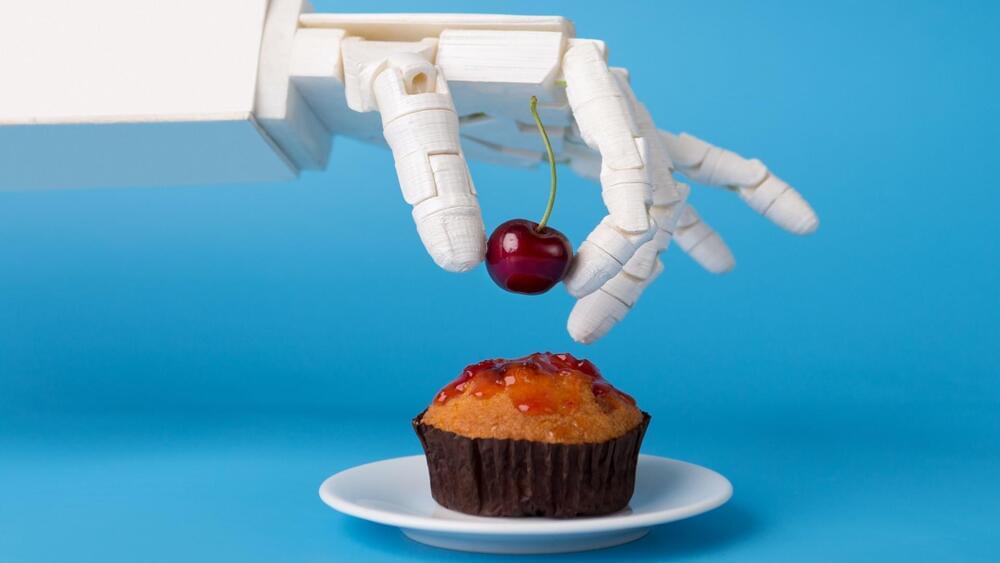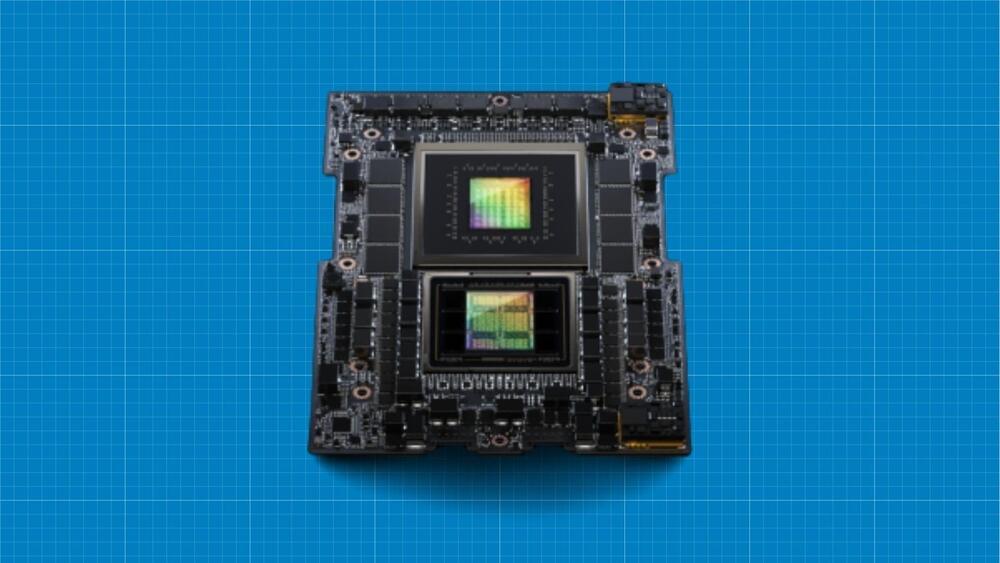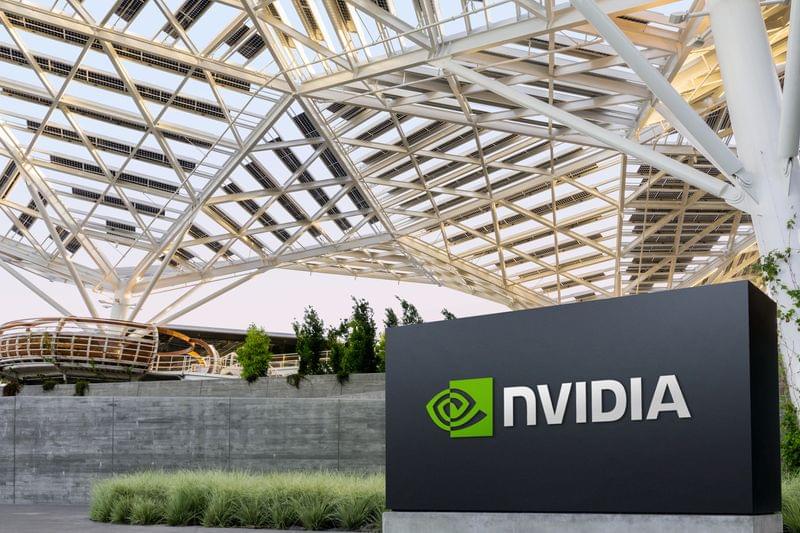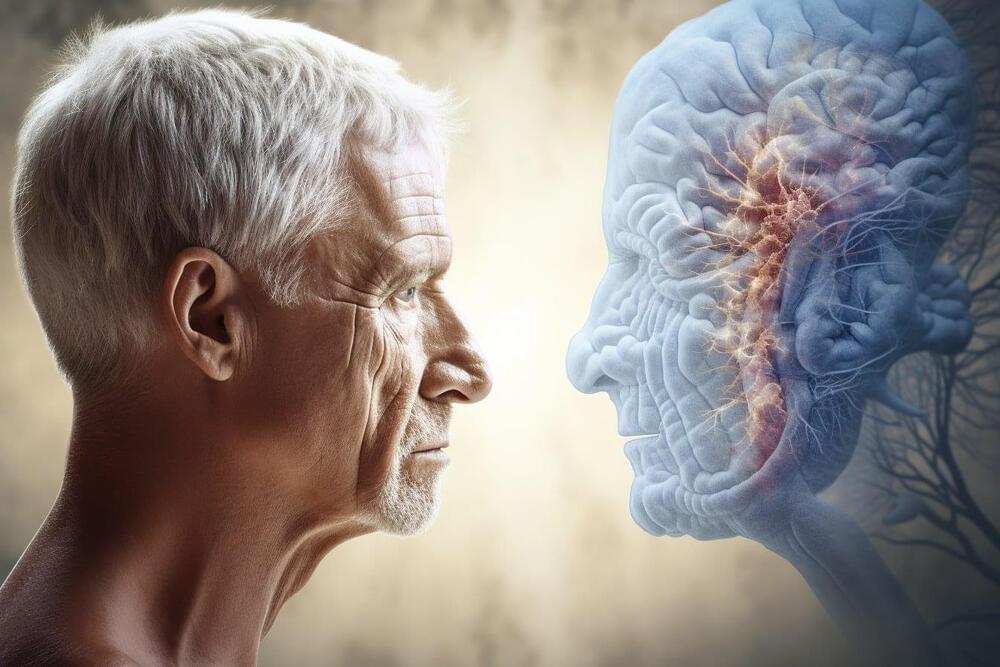The private space firm, Interstellar Technologies, aims for an orbital launch by 2025.
Interstellar Technologies, a Japanese startup that has successfully launched three suborbital rockets, is now gearing up for its first orbital mission. The company plans to conduct a static fire test of its Zero rocket later this year, which will be a crucial step towards launching it into orbit by 2025.
Credits: Interstellar Technologies.
Biomethane as rocket-fuel.
